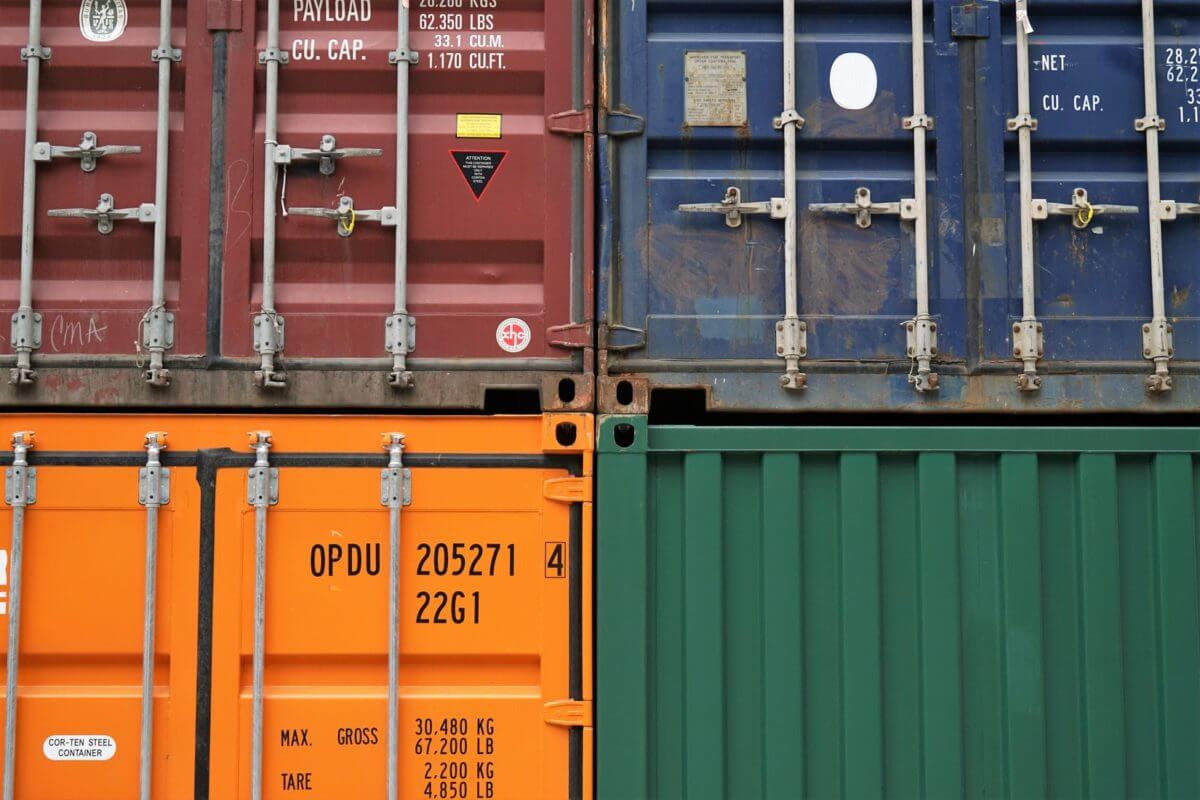2017 Highlights Series
Want to learn how to deploy applications without worrying about downtime? If you’re a SUSE Cloud Foundry end user or you’re interested in becoming one, watch this talk from Vlad Iovanov, Technical Lead on the SUSE Cloud Foundry project at SUSE. SUSE Cloud Application Platform is based on Cloud Foundry, runs cloud-native applications, and is deployed using Kubernetes.
What’s unique here is that SUSE containerized Cloud Foundry to make it easier for enterprise customers to manage it. However, despite containerization, SUSE Cloud Foundry is “the same platform that you know and love,” emphasized Iovanov. Containerizing all the components is fairly easy — the real challenge is running and orchestrating it, especially doing so in a highly available fashion.
The SUSE team created a mechanism needed to make each component of Cloud Foundry highly available. This mechanism had two flavors: things like load balancer, cloud controller, the routers or Diego Cells; and on the other hand there are things that cluster, such as database, etcd and Consul.
In the process of containerizing Cloud Foundry and making it highly available, SUSE engineers used components that follow an active passive model. Users can run multiple replicas of any component, but only one will be active at the same time. If the master goes down, it is replaced by one of the passives components waiting to become active. As a result, there is no down time.
In order to achieve this feat, SUSE engineers needed to support all these flavors and configurations. That’s where Kubernetes comes in — it was used to configure the deployment of Cloud Foundry. The team is now able to horizontally scale the critical pieces and ensure that user apps stay online, without any downtime.
Watch the video to learn more about the above and see a demo in action:





